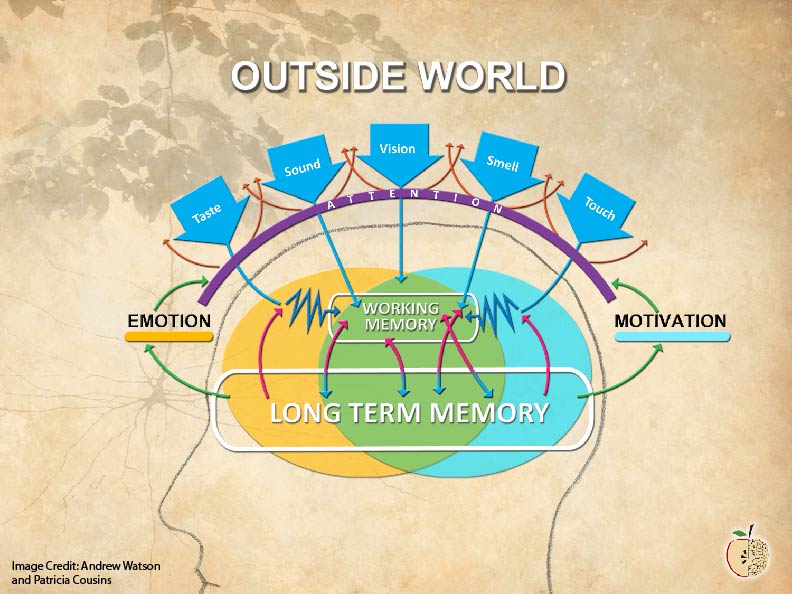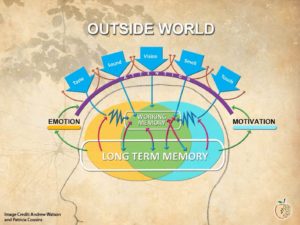Does a mother’s homework help benefit her children? Do they study better? Do they learn more?
Over the years, researchers have found conflicting answers to these questions.
Perhaps that conflict results from the different kinds of “help” that mothers might provide. Researchers in Finland wanted to find out.
Asking the Right Questions
Jaana Viljaranta and her colleagues worked with several hundred 2nd-4th graders, their mothers, and their teachers.
(The researchers don’t explain why they focus on mothers. I imagine they assume that mothers offer more help than fathers, and – to be precise – focus on “maternal behavior” rather than “parental behavior.”)
Rather than simply ask “do you help your children with their homework,” they had mothers rate themselves in three categories.
Perhaps these mothers provide actual help or guidance.
Perhaps they simply check to see if their child has done the homework.
Or, perhaps they “grant autonomy”; that is, “trust that the child takes care of home assignments by him/herself.”
They looked for a connection between these self-ratings and two results.
First, what effect did this maternal behavior have on task-persistence? They had teachers answer questions like “does the student actively attempt to solve even difficult situations and tasks?”
And second: what effect did it have on students’ learning? Here, researchers used a standard measurement of reading and math skill – not the students’ grades.
A Mother’s Homework Help: Finding the Answers
Because researchers measured so many variables, they’ve got a lot of potential relationships to map.
The short version is:
When mothers help with homework, children are less task-persistent on their own.
When mothers grant autonomy, children are more task-persistent.
And, when mothers check that homework got done, that doesn’t influence task-persistence either way.
(These three findings apply to 2nd and 3rd grade, not 4th.)
In turn, increased task persistence suggested higher grades, and decreased task persistence suggested lower grades. (For both those findings, the results didn’t quite achieve statistical significance.)
In sum: help doesn’t help. Granting autonomy does.
A Mother’s Homework Help: Explaining the Answers
Why is this so? Why doesn’t homework help help?
The Finnish researchers based their study on a well-known theory about motivation: Self-Determination Theory. Edward Deci and Richard Ryan argue that people are motivated by a desire for three things: autonomy, competence, and relatedness.
Viljaranta and colleagues reason thus: when mothers help their children with homework, they reduce their child’s autonomy, and imply that they think their children lack necessary competence.
By holding back from helping, on the other hand, mothers boost their children’s sense of autonomy. They also show that they believe their children can get the work done on their own.
By promoting autonomy and competence, these mothers help their children develop intrinsic motivation, and thereby improve task persistence.
Not Too Fast…
All research has limitations, and we should keep this study’s limitations in mind.
This is only one study.
It was done in a very particular cultural context. (Grade school in Finland.)
And: researchers found a task-persistence effect only in 2nd and 3rd grade, not 4th. (And, they didn’t find statistically significant difference in learning at any point.)
Finally: researchers report on averages. Your child isn’t average.
Even if many (or most) children benefit when they get autonomy, others just might need some more support.
Research can help inform our decisions, but we must make those decisions one child at a time.
Addendum
After I wrote the post above, I discussed this research with a colleague who teachers in Finland. He responds thus:
The conclusion of the study may contain a cultural bias [as all research does — editor’s note.] Generally speaking, parents in Finland are quite hands off with schools — the very opposite of helicopter parenting. There is also a cultural preference for developing independence from a young age.
In other words: “granting autonomy” is already a cultural norm in Finland in ways that it might not be elsewhere. This background might influence our understanding of this research.
 About Andrew Watson
About Andrew Watson 



















